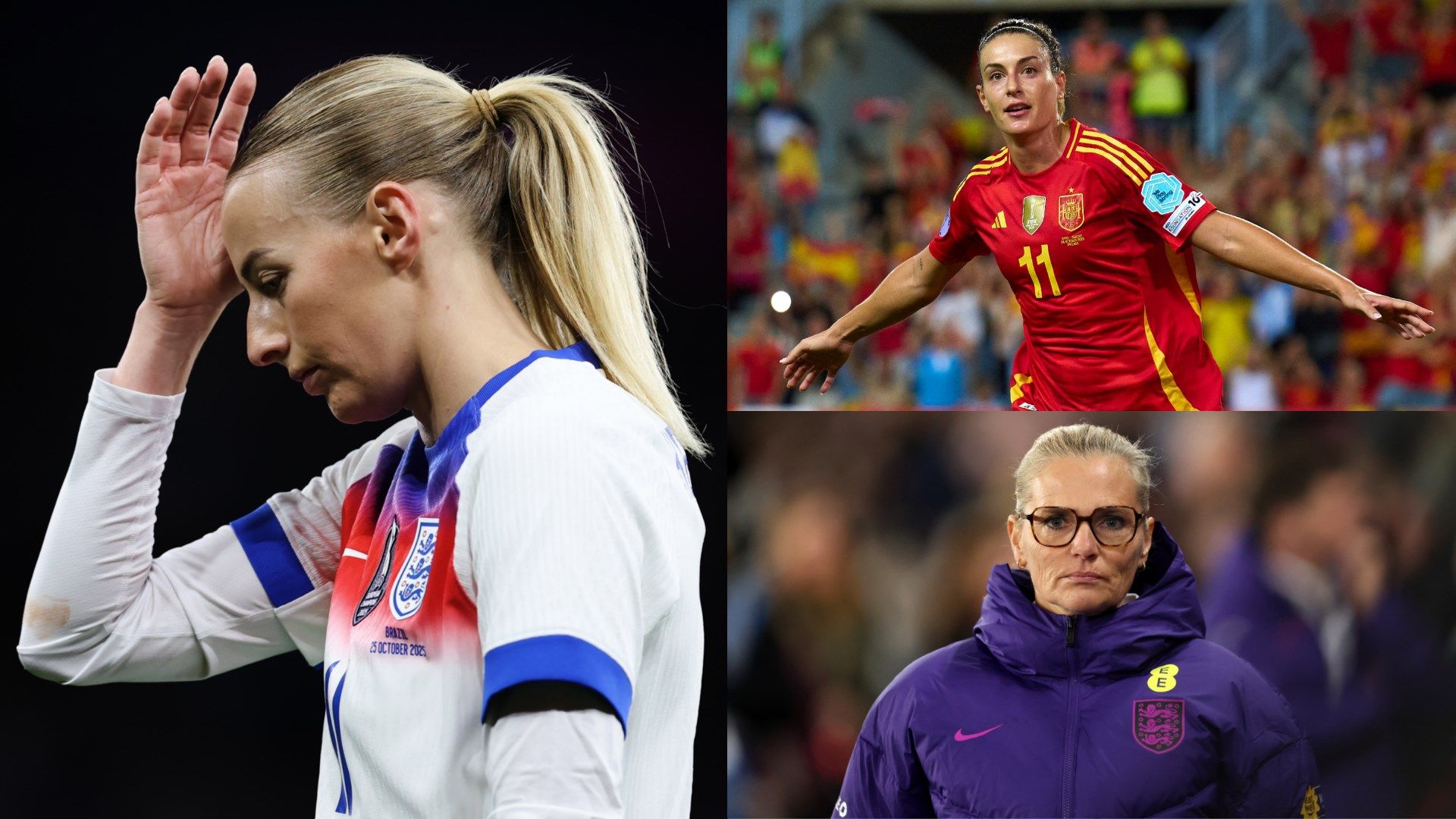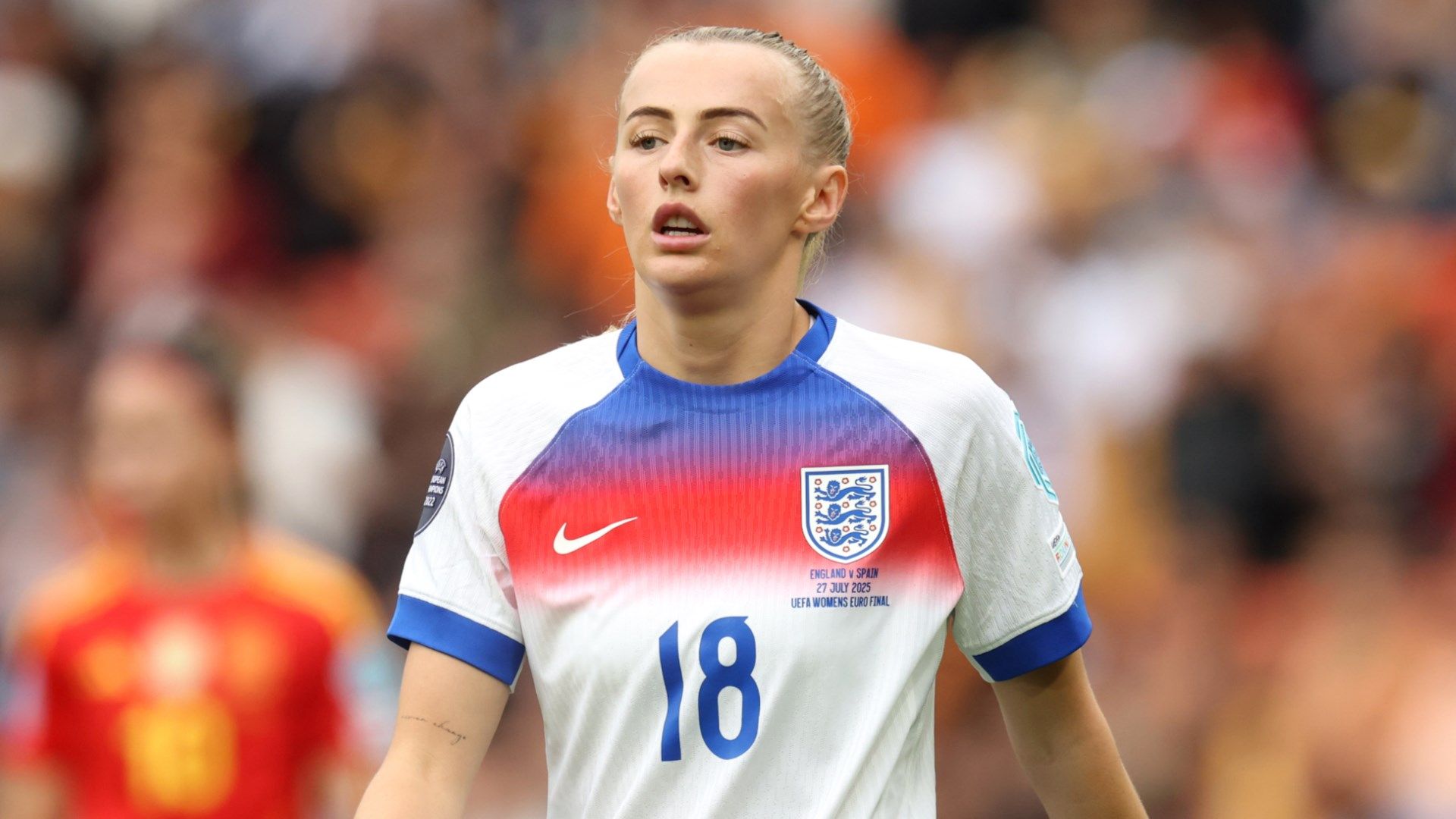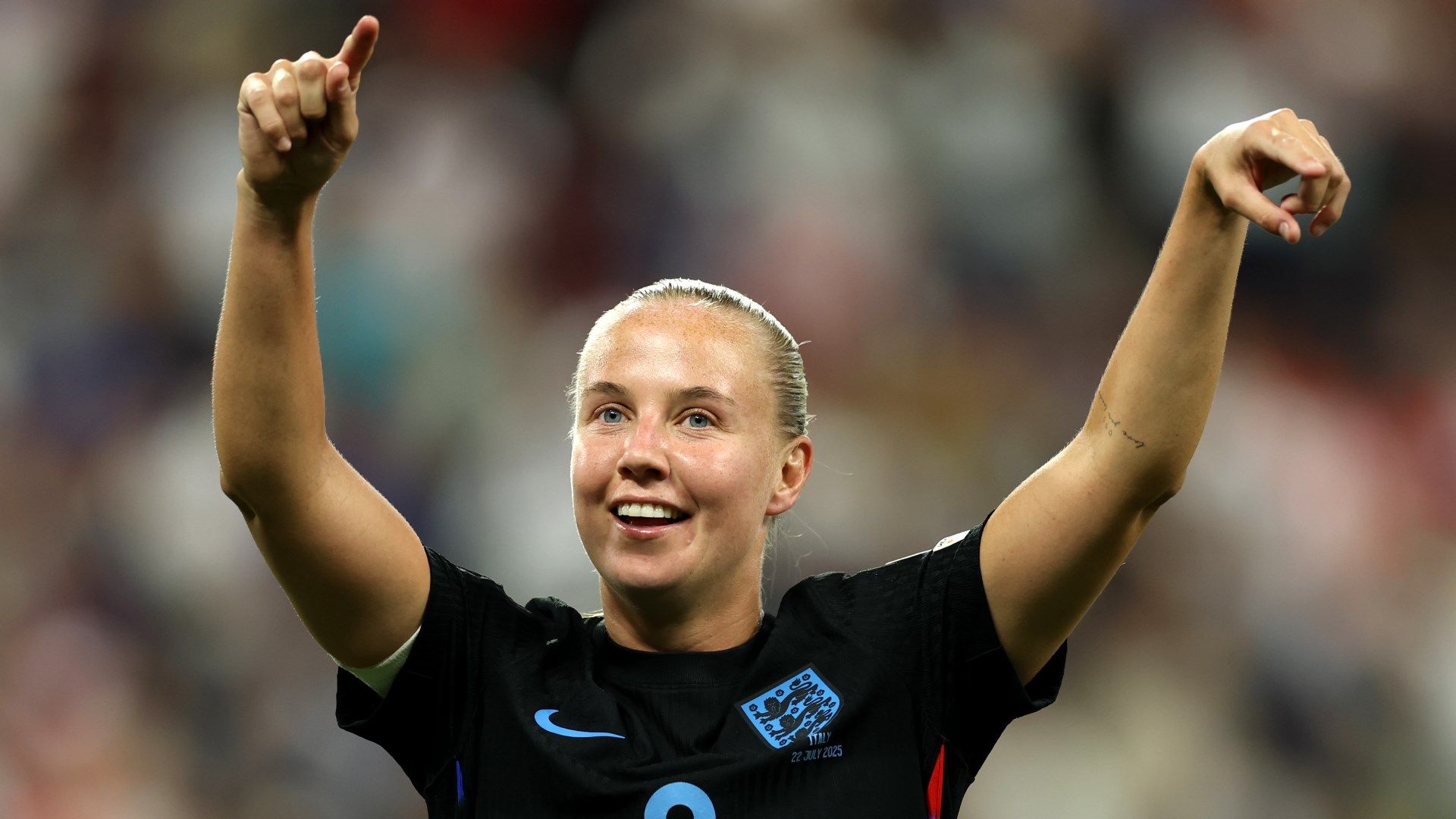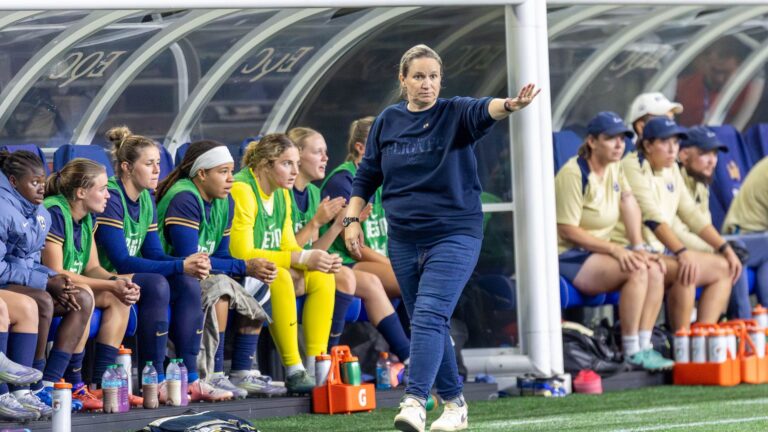Facing Spain Again: England’s Daunting Journey in 2027 Women’s World Cup Qualifying
Even as the current European champions, the English squad anticipated a challenging draw on that fateful Tuesday, stemming from their placement in pot 2 following a runner-up spot in the Nations League. This setup pitted them against powerhouses like Spain, Sweden, France, or Germany, with the final result proving to be the most formidable option, especially considering La Roja’s reigning world champion status-achieved by defeating the Lionesses in the 2023 World Cup final.



England’s Group Composition in 2027 Women’s World Cup Qualifying
The grouping turned out to be somewhat merciful for England afterward, incorporating Iceland and Ukraine into Group A2 while steering clear of other demanding rivals like Denmark. Nonetheless, solely claiming the top position in the group guarantees direct entry to the 2027 Women’s World Cup, rendering this setup intensely competitive for both the Lionesses and their Spanish adversaries.
Overview of the European Qualification Framework
The pathway for European teams to reach the Women’s World Cup now mirrors the structure of the Women’s Nations League, simultaneously shaping the lineup for its upcoming 2027 edition. Seeding for this qualification was based on Nations League standings, sorting countries into Leagues A, B, or C.
Spots Available and Qualification Pathways
Europe will send between 11 and 12 teams to the 2027 Women’s World Cup. The top teams from each of the four groups in League A earn automatic berths. Those ending in second, third, or fourth in these groups advance to the play-offs. In League B, finishing in the top three of a group leads to play-offs, and in League C, the six group victors plus the two highest second-place teams also enter this stage.
Path to Additional Qualification
This selection mechanism will enable seven additional countries to secure World Cup spots and identify the European team for the intercontinental play-offs, set for February 2027.
Key Dates for 2027 Women’s World Cup Qualifying Matches
The qualification rounds kick off in early 2026, starting with the initial women’s international window on February 23. Squads will compete in their opening two fixtures from February 26 to March 7, followed by matchdays three and four between April 9 and 18, and the concluding pair of group-stage encounters from June 3 to 9.
Play-Off Draw and Fixtures
The play-off draw occurs on June 24, with the first round of two-legged ties happening in October 2026, and the winners moving on to the second round at the close of November and early December.
Opportunities for Top Qualifiers
The four teams that top their League A groups and qualify directly for the World Cup can opt for friendly matches during the last two international periods of 2026, strategically selecting opponents to optimize readiness for the Brazil-hosted event.
England’s Build-Up to 2027 Women’s World Cup Challenges
After missing out on the Nations League finals, which dominated the final international slots of 2025, the Lionesses have proactively geared up for the 2027 Women’s World Cup and its array of obstacles by arranging four exhibition games against teams from outside Europe to wrap up the year. The team encountered Brazil as hosts last month, suffering a frustrating 2-1 defeat, but quickly recovered by triumphing 3-0 over a talented Australian lineup shortly after.
Upcoming Tests and Year-End Fixtures
Under Wiegman’s guidance, the squad will keep challenging itself against less familiar foes this month, hosting the Asian title holders, China, at Wembley in November. The Lionesses will then wrap up an eventful 2025 in Southampton on December 1 with their inaugural clash against Ghana, shifting focus thereafter to World Cup qualifying and the formidable goal of overcoming Spain in the coming year.
The Rivalry Rekindled: England vs Spain in 2027 FIFA Women’s World Cup Qualifiers
Background on the Teams
In the world of women’s football, the matchup between England and Spain always brings excitement, especially in high-stakes events like the 2027 FIFA Women’s World Cup Qualifiers. The England women’s national team, known as the Lionesses, has been on an upward trajectory since their Euro 2022 victory and their run to the 2023 World Cup final. On the other side, Spain’s women’s team, often called La Roja, dominated the 2023 Women’s World Cup by clinching the title with their blend of technical prowess and team synergy. This renewed rivalry in the 2027 qualifiers promises intense battles that could shape the tournament.
England enters the qualifiers with a mix of experienced players and emerging talents. Stars like Leah Williamson, Ella Toone, and Alessia Russo have become household names, embodying the team’s resilient spirit. Spain, meanwhile, boasts a roster filled with world-class athletes such as Aitana Bonmatí, who earned the Ballon d’Or, and Alexia Putellas, making their squad one of the most formidable in women’s international football. As the 2027 FIFA Women’s World Cup Qualifiers kick off, fans can expect these teams to draw on their past encounters, including the thrilling 2023 World Cup final where Spain edged out England 1-0.
Key Challenges for Both Sides
The 2027 FIFA Women’s World Cup Qualifiers present a grueling path for both England and Spain, with group stages that could include tough opponents from Europe and beyond. For England, facing Spain again early in the qualifiers might test their defensive strategies right away. The Lionesses will need to counter Spain’s quick passing and possession-based style, which has been refined under coaches like Sarina Wiegman. On the flip side, Spain must prepare for England’s physicality and set-piece expertise, areas where the Lionesses have historically shone.
- England’s Defensive Hurdles: Spain’s attacking fluidity, led by players like Salma Paralluelo, could expose any weaknesses in England’s backline. Recent friendlies have shown that maintaining a high press against La Roja is essential, but it often leads to counter-attacks that are hard to defend.
- Spain’s Midfield Battle: England’s midfield duo, potentially featuring Keira Walsh and Georgia Stanway, will aim to disrupt Spain’s control of the game. This matchup could be pivotal, as controlling the midfield in FIFA Women’s World Cup Qualifiers often dictates the flow of matches.
- Injuries and Form: Both teams have dealt with injury concerns in past tournaments. For the 2027 cycle, keeping key players fit will be crucial, especially with the qualifiers spanning multiple international windows.
Qualification Format and Group Dynamics
The 2027 FIFA Women’s World Cup Qualifiers follow a format similar to previous editions, featuring a group stage followed by playoffs for teams that don’t automatically qualify. Europe, as one of the most competitive confederations, will have teams divided into groups where only the top finishers advance directly. England and Spain are likely to be in the same or parallel groups, given their rankings, making every match a potential decider.
- Group Stage Insights: If history repeats, groups might include powerhouses like France, Germany, or Sweden, adding pressure to every game. For instance, England could face Spain in a group that demands consistent wins to secure one of the automatic spots for the World Cup in a yet-to-be-announced host country.
- Playoff Scenarios: Should either team slip up, the playoffs offer a second chance. These two-legged ties are high-intensity, often decided by the finest margins, such as penalty shootouts or late goals.
- H4: Potential Group Opponents: Teams like the Netherlands or Sweden could join England and Spain, creating a “group of death” scenario that tests depth and adaptability.
- H4: Tiebreaker Rules: Goal difference and head-to-head results will play a big role, so early matches between England and Spain might set the tone for the entire qualification campaign.
As the 2027 FIFA Women’s World Cup Qualifiers unfold, the tactical battles between these two giants of women’s football will captivate audiences worldwide. England’s focus on building from the back and exploiting transitions could clash directly with Spain’s tiki-taka style, leading to memorable moments. Supporters should keep an eye on emerging stars, as young players from both sides might step up in crucial games.
Strategic Preparations and Fan Expectations
Both teams are ramping up preparations with friendly matches and training camps leading into the qualifiers. England, under continued leadership from Wiegman, is emphasizing youth integration, blending academy prospects with veterans to ensure long-term success in FIFA Women’s World Cup Qualifiers. Spain, with their domestic league La Liga F producing top talent, is fine-tuning their approach to maintain dominance.
- England’s Tactical Shifts: Expect the Lionesses to incorporate more data-driven strategies, such as analyzing Spain’s pressing triggers to create scoring opportunities.
- Spain’s Edge in Possession: La Roja’s ability to maintain over 60% possession in key matches gives them a psychological advantage, but England has been working on high-recovery pressing to counter this.
- Global Fan Engagement: With women’s football growing, events around the qualifiers-like watch parties and social media campaigns-will heighten excitement, drawing in new fans interested in FIFA Women’s World Cup developments.
Emerging Trends in Women’s Football
The 2027 qualifiers highlight broader trends in women’s football, such as increased investment in female athletes and more equitable playing conditions. England and Spain’s rivalry exemplifies how the sport is evolving, with better broadcasting deals making games more accessible. Keywords like “women’s World Cup qualification strategies” reflect the innovative approaches teams are taking, from nutrition plans to mental health support, to perform at their peak.
Viewers tuning into the 2027 FIFA Women’s World Cup Qualifiers can look forward to edge-of-your-seat action, as England and Spain push each other to new heights in their quest for World Cup glory. Whether you’re a die-hard fan or just getting into women’s football, this fixture is one to watch for its blend of skill, drama, and sheer determination.









